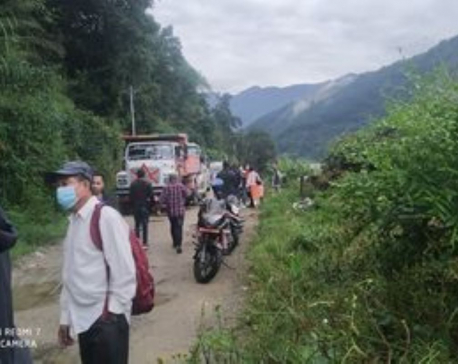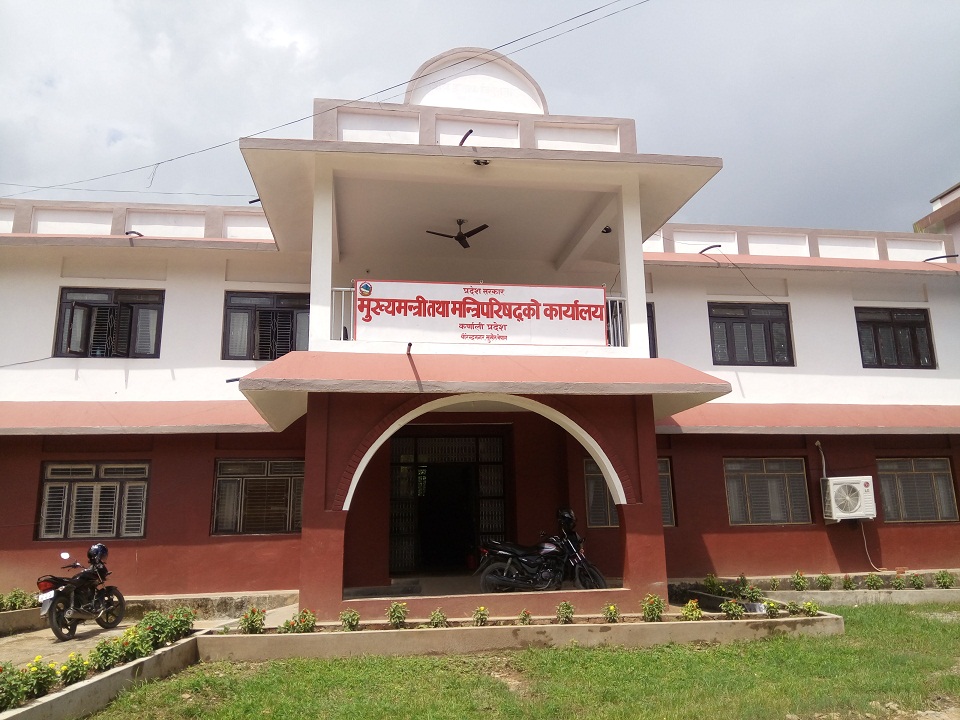
OR
No seismic damage at foundation of Jagannath and Gopinath temples: Study
Published On: December 20, 2016 12:50 AM NPT By: Republica | @RepublicaNepal
KATHMANDU, Dec 20: A recent excavation of Jagannath and Gopinath temples in Kathmandu Durbar Square has revealed that there are no seismic damages at the foundations of both the temples, which were partially damaged by last year's devastating earthquakes.
The excavation was conducted by a group of experts from the Department of Archaeology (DoA) and Durham University of the UK.
“As with other monuments investigated, the foundations did not show signs of seismic damage, and also reached depths of over 4 meters, illustrating that whilst the architectural and above ground elements of these structures are well studied, the link to their subsurface remains is almost unknown and requires further investigation before conservation or reconstruction,” read a statement issued by the team on Monday.
At the same locality, the team also investigated the foundations of Jaisidewal, Maju Degu and the Trailokya temples. The statement further reads that these temples were heavily affected by modern conservation efforts.
“These temples were heavily affected by modern conservation utilizing modern materials, and the lack of renewal of architectural elements, such as wooden beams, which led to structural weaknesses,” reads the statement.
The team also conducted post-earthquake assessment of the collapsed Gurujyu Sattal of the Pashupati area.
In a startling discovery, the removal of the modern surfaces of the Kasthamandap Temple revealed the original layout of the foundations of the temple, says the statement.
“We identified that the structure had been conceived as a nine-cell mandala, and this configuration was fully exposed,” reads the statement.
According to the study, the current excavations have shown that the ancient creators of the Kasthamandap not only built the monument with resilient construction methods, but also gave the monument a symbolic configuration, creating a microcosm of the universe through the architectural design of nine-celled mandalas created through the use of brick walls.
Kasthamandap, which dates back to the 8th Century AD, is believed to have been built with the wood of a single tree.
Researchers had inferred about the possible reason of Kasthamandap's damage by exploring the temple's foundation, which was altered during renovations about four decades ago. It was the fault in the foundation that led to its collapse.
The team found the fourth saddle stone of Kasthamandap Temple, which was fitted in a way that was different from the other three saddle stones, resulting in the complete damage during the quake. Experts said this lapse happened during major renovations carried out some four decades ago.
You May Like This

Excavation of Jagannath and Gopinath temples continues in Basantapur
KATHMANDU, Dec 15: A group of experts from the Department of Archaeology (DoA) and Durham University of the UK has been... Read More...

Heavy rainfall on Saturday damages temporary connectivity infrastructure in Melamchi area
SINDHUPALCHOK, OCT 17: The heavy rainfall on Saturday night damaged the temporary motorway that was built at Melamchi-Indrawati after the... Read More...

Hailstones damage crops in Bhaktapur
BHAKTAPUR, Oct 30: Heavy rain and hailstones on Sunday night have damaged ready-to-harvest paddy as well as other crops in Bhaktapur. Read More...



Just In
- 70 community and national forests affected by fire in Parbat till Wednesday
- NEPSE loses 3.24 points, while daily turnover inclines to Rs 2.36 billion
- Pak Embassy awards scholarships to 180 Nepali students
- President Paudel approves mobilization of army personnel for by-elections security
- Bhajang and Ilam by-elections: 69 polling stations classified as ‘highly sensitive’
- Karnali CM Kandel secures vote of confidence
- National Youth Scientists Conference to be organized in Surkhet
- Rautahat traders call for extended night market hours amid summer heat
















Leave A Comment